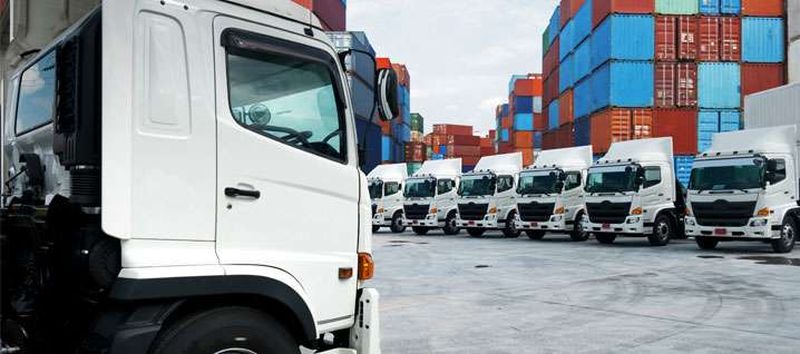In the realm of logistics, security plays a pivotal role in ensuring the safe and efficient transport of goods. This is particularly true in container drayage, where containers are transported over short distances, often between ports, rail yards, and distribution centers. The importance of security cannot be overstated, as any breach can lead to significant losses, both financially and in terms of reputation. In this article, we will explore key security measures that are essential for container drayage operations, drawing on industry best practices and successful examples.
Importance of Security in Logistics
Security in logistics is critical for several reasons. Firstly, it protects valuable cargo from theft, damage, or tampering during transit. Cargo theft alone costs the logistics industry billions of dollars annually worldwide. Secondly, it ensures compliance with regulatory requirements, particularly those related to customs and border protection. Thirdly, maintaining robust security measures enhances customer confidence and satisfaction, as clients rely on logistics providers to deliver their goods safely and on time.
In the context of container drayage, where containers are moved from ports to nearby facilities or vice versa, security is a shared responsibility among multiple stakeholders, including trucking companies, shipping lines, port authorities, and regulatory agencies.
Key Security Measures
1. Container Inspection
Container inspection is a fundamental security measure in drayage operations. Before loading and after unloading, containers should undergo thorough inspections to ensure they are free from damage, tampering, or unauthorized goods. This process typically involves visual checks, seal verification, and sometimes the use of technology such as X-ray scanners or sniffing dogs for detecting contraband or hazardous materials.
2. Cargo Protection
Protecting the cargo within containers is equally important. This involves using secure packaging, tamper-evident seals, and GPS tracking systems to monitor the location and condition of goods in real-time. Advanced security technologies like RFID (Radio Frequency Identification) tags or IoT (Internet of Things) sensors can provide additional layers of protection by alerting stakeholders to any deviations from the planned route or unexpected events.
3. Staff Training
Ensuring that staff are well-trained in security protocols is crucial for preventing security breaches. This includes training truck drivers, warehouse personnel, and port workers on recognizing suspicious activities, handling emergencies, and following established procedures for reporting incidents. Regular training and awareness programs help maintain vigilance and adherence to security standards across all levels of the drayage operation.
Examples of Successful Security Measures by YK Freight
YK Freight has been a leader in implementing effective security measures in container drayage. Their approach includes:
-
Comprehensive Inspection Protocols: YK Freight conducts rigorous inspections of containers at multiple checkpoints to mitigate risks associated with theft and contraband.
-
Advanced Tracking Systems: They utilize state-of-the-art GPS tracking and monitoring systems to provide real-time visibility of cargo movements, ensuring prompt intervention in case of any security threats.
-
Investment in Technology: YK Freight has invested in cutting-edge security technologies such as blockchain for secure data management and biometric access controls at their facilities.
-
Collaboration with Authorities: They maintain strong partnerships with law enforcement agencies and regulatory bodies to stay updated on security threats and regulatory changes, ensuring compliance and swift response to incidents.
These initiatives have not only strengthened YK Freight's security posture but also enhanced their reputation as a reliable logistics provider committed to safeguarding client interests.
Conclusion
Security in container drayage is a multifaceted challenge that requires proactive measures and continuous improvement. By prioritizing container inspection, cargo protection, and staff training, logistics companies can mitigate risks and ensure the safe and timely delivery of goods. YK Freight's success in implementing robust security measures serves as a model for the industry, demonstrating the importance of innovation, collaboration, and adherence to best practices.
Call to Action: Learn More about Security with YK Freight
To learn more about how YK Freight integrates security into their container drayage operations and to discover best practices for securing your supply chain, visit YK Freight's website or contact their security experts today.
In conclusion, while the challenges of security in container drayage are significant, proactive measures and strategic partnerships can effectively mitigate risks and ensure the integrity of cargo throughout its journey.







ASK YOUR QUESTIONS